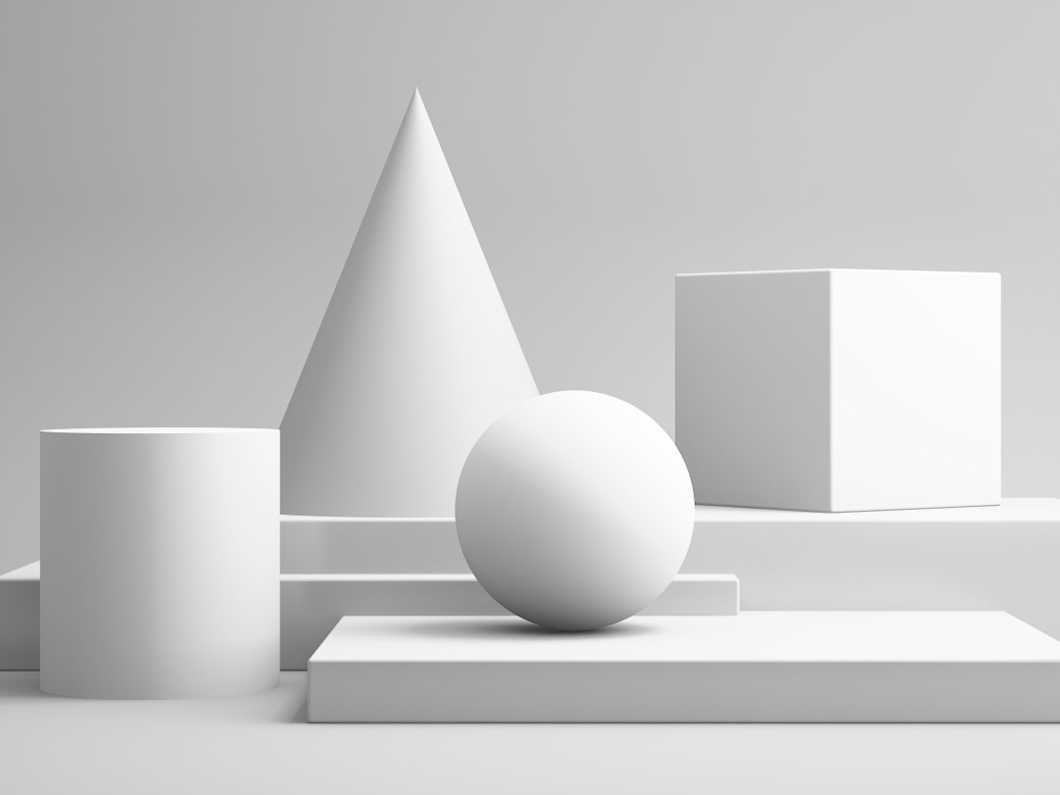Micro-computed tomography (micro-CT)
Micro-computed tomography, generally known as micro-CT or µCT, is a technique used for three-dimensional non-destructive imaging. The method uses X-ray technology to develop high-resolution projections that provide insight into the structure of various materials.

Read more about our micro-CT services
Prices excluding VAT.
- Fast turnaround times
- Personal service from method experts
- Competitive prices
- Result accuracy guarantee
How does micro-CT work, and what is it used for?
The term ‘micro’ comes from micro-CT’s micrometer (µm) resolution range, which enables it to render finely refined two-dimensional slices of the object or material. This is done when the scanner collects a series of two-dimensional planar X-ray images as the material rotates at varying angles. These “sliced” planar images are then reconstructed into a three-dimensional projection through transformation by a digital process called back projection.
Micro-CT provides detailed internal information about a wide range of sample types, from semiconductor components to biological specimens and archeological artifacts. The method is usually used to identify phase distribution, grain boundaries, defects, and cracks within a structure.
Applications in materials science
In materials science, micro-CT is used to characterize the internal structures of various materials. Researchers and engineers use micro-CT to analyze the porosity, void fraction, and distribution of phases within materials like metals, ceramics, and composites. This information is crucial for understanding the mechanical properties and performance of materials in diverse applications, from aerospace to manufacturing.
Applications in the pharmaceutical industry
The pharmaceutical industry leverages micro-CT for pharmaceutical formulation analysis, ensuring the integrity and uniformity of drug delivery systems. The technique is used to study tablet porosity, coating thickness, and internal structures of pharmaceutical products. Micro-CT allows researchers to optimize drug formulations and enhance the quality control processes within the pharmaceutical manufacturing pipeline.
Advantages and limitations of micro-CT
Micro-CT presents several advantages that make it a valuable tool in materials science. A key advantage is its non-destructive or non-invasive imaging capability, allowing researchers to examine the internal structures of materials without altering or interfering with their integrity and overall composition.
In comparison to other imaging methods, like scanning electron microscopy (SEM), another advantage of micro-CT is that it can provide a clear image inside a solid structure, providing unique and complementary information to enable analytical and comprehensive characterization of solid materials. Another advantage is that it offers high resolution, providing detailed insights into microstructures and enabling three-dimensional projection visualization.
A notable drawback is the limited sampling size micro-CT provides because it restricts the potential analysis of larger objects or specimens. Sampling size as a limiting factor is made more substantial when coupled with the introduction of beam hardening artifacts. These artifacts may affect the accuracy of the two-dimensional images. Due to this, micro-CT may not be suitable for all sample types and sizes.
Micro-CT vs nano-CT
A notable distinction with micro-CT is the enhanced resolution nano-CT offers. The refined difference in resolution makes nano-CT suitable for applications requiring extremely detailed imaging, such as nanomaterial characterization.
Do you need micro-CT analyses?
Measurlabs offers laboratory testing with micro-CT for semiconductor materials and other samples. From tens to hundreds of samples, we ensure your analyses are handled on time, with the highest quality. Any questions, custom requests, or tight timelines will be accommodated by our responsive testing experts and sales managers. Contact us through the form below to get a quote and start the discussion.
Suitable sample matrices
- Metals and alloys
- Ceramics and composites
- Pharmaceuticals and drug delivery systems
- Geological samples
- Electronic components
- Polymer materials
- Food products
- Biological tissues
Ideal uses of micro-CT analysis
- Visualization of internal structures in 3D
- Evaluation of material porosity and void fraction
- Quality control in manufacturing processes
- Assessment of pharmaceutical formulations
- Inspection of electronic components
- Study of composite materials
- Non-destructive testing in aerospace applications
- Analysis of biological tissues and organs
Ask for an offer
Fill in the form, and we'll reply in one business day.
Have questions or need help? Email us at info@measurlabs.com or call our sales team.
Frequently asked questions
Micro CT is used to visualize the internal structures of objects in 3D without interfering with the integrity of the sample. This gives the method applications in material porosity and void fraction characterization, non-destructive semiconductor failure analysis, and geological research, among other fields.
Measurlabs offers a variety of laboratory analyses for product developers and quality managers. We perform some of the analyses in our own lab, but mostly we outsource them to carefully selected partner laboratories. This way we can send each sample to the lab that is best suited for the purpose, and offer high-quality analyses with more than a thousand different methods to our clients.
When you contact us through our contact form or by email, one of our specialists will take ownership of your case and answer your query. You get an offer with all the necessary details about the analysis, and can send your samples to the indicated address. We will then take care of sending your samples to the correct laboratories and write a clear report on the results for you.
Samples are usually delivered to our laboratory via courier. Contact us for further details before sending samples.